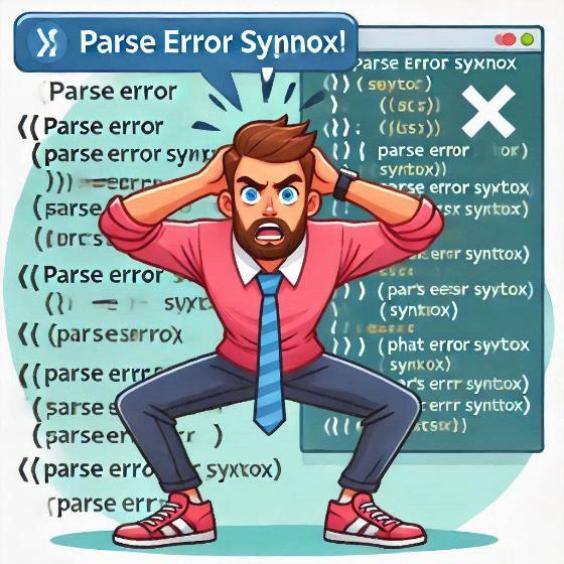How to Predict Buying Trends with Historical Inventory Data
In the world of marketing and inventory management, the ability to predict purchasing trends is crucial for making informed decisions and maximizing sales. One of the most effective ways to do this is by using historical inventory data. In this article, we will explore how to use this data to predict purchasing trends and improve your company's marketing strategy.

Why is it important to predict purchasing trends?
Predicting purchasing trends is essential for any company that wants to remain competitive in the market. By analyzing historical inventory data, companies can identify patterns and trends that allow them to:
- Optimize inventory: By predicting demand, companies can adjust their inventory to avoid stockouts or excess inventory.
- Improve production planning: Knowing purchasing trends, companies can plan production more effectively and reduce costs.
- Increase sales: By identifying purchasing trends, companies can create more effective marketing campaigns and increase sales.
How to use historical inventory data to predict purchasing trends
To use historical inventory data to predict purchasing trends, follow these steps:
Step 1: Collect historical inventory data
Collect historical inventory data, including information on:
- Sales: Number of units sold per product and time period.
- Inventory: Inventory level per product and time period.
- Price: Selling price per product and time period.
Step 2: Analyze the data
Analyze the historical inventory data to identify patterns and trends. Use data analysis techniques such as:
- Regression analysis: To identify the relationship between variables.
- Time series analysis: To identify patterns and trends in the data.
Step 3: Create a prediction model
Use the results of the analysis to create a prediction model that can predict future purchasing trends. You can use modeling techniques such as:
- Linear regression model: To predict demand based on variables such as price and advertising.
- Time series model: To predict demand based on historical patterns and trends.
Examples of practical applications
Here are some examples of practical applications of predicting purchasing trends with historical inventory data:
- A clothing store uses historical inventory data to predict demand for seasonal clothing. The store adjusts its inventory and production planning to meet demand and avoid stockouts or excess inventory.
- A food company uses historical inventory data to predict demand for fresh products. The company adjusts its production planning and logistics to ensure that fresh products are available at the right time.
Predicting purchasing trends with historical inventory data is a powerful tool for any company that wants to remain competitive in the market. By following the steps outlined in this article, companies can create a prediction model that allows them to make informed decisions and maximize sales.





